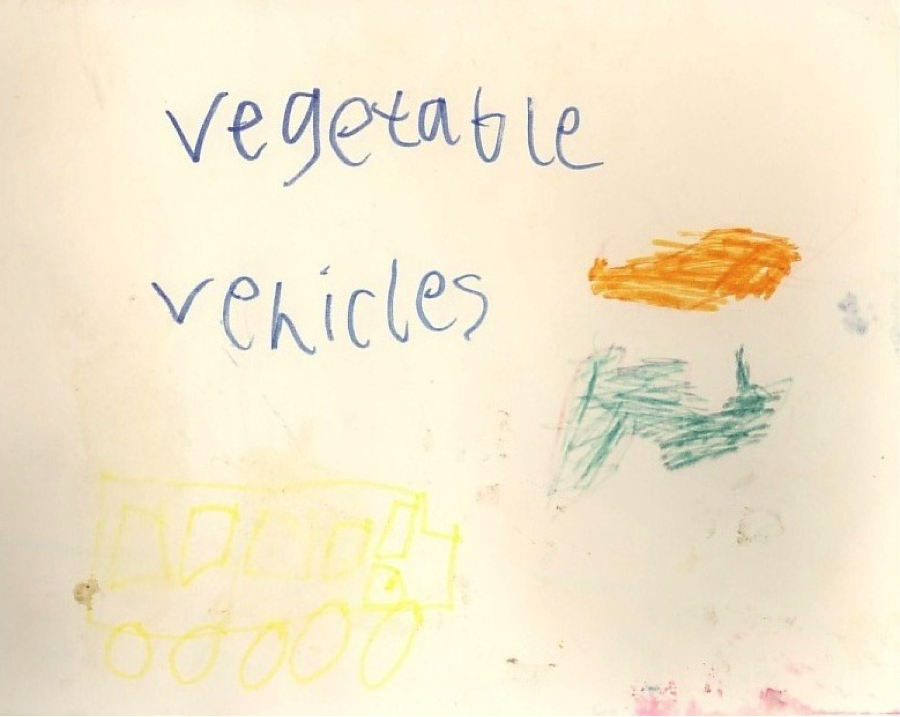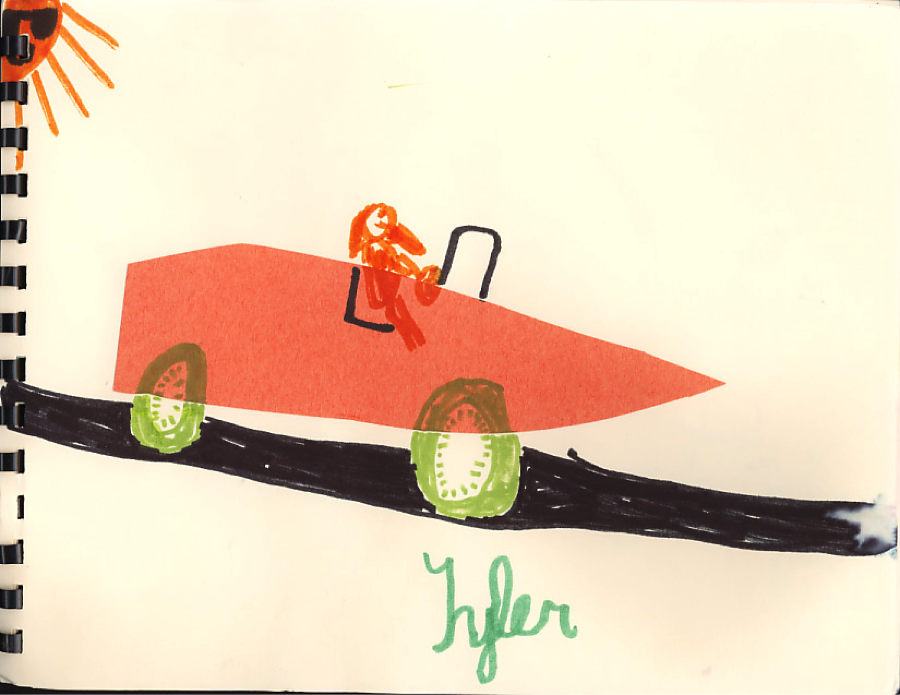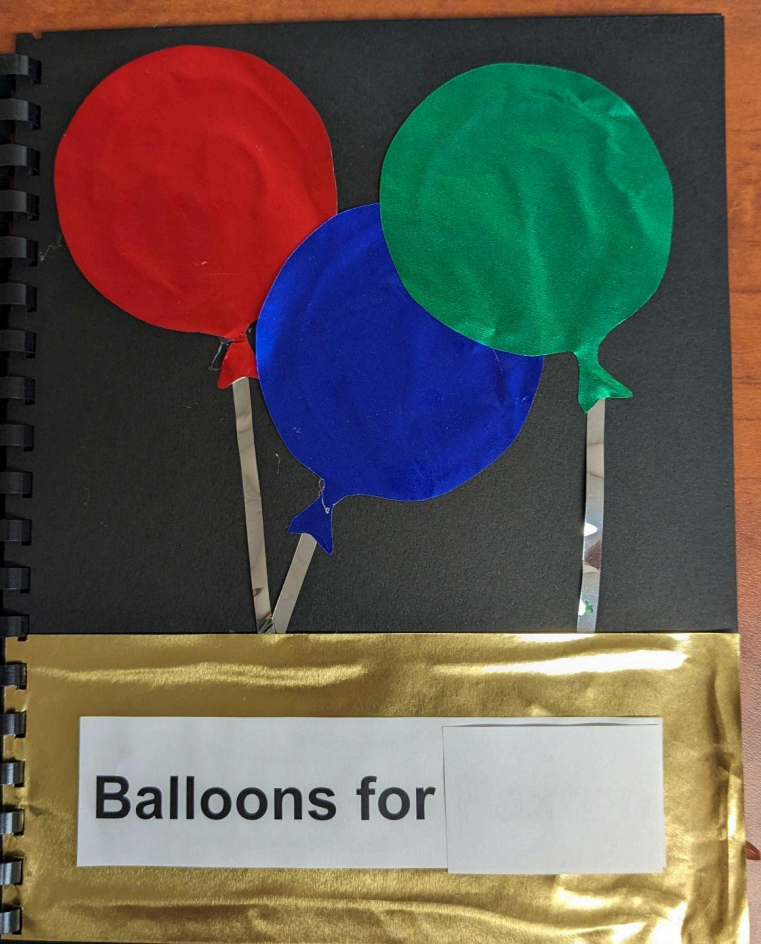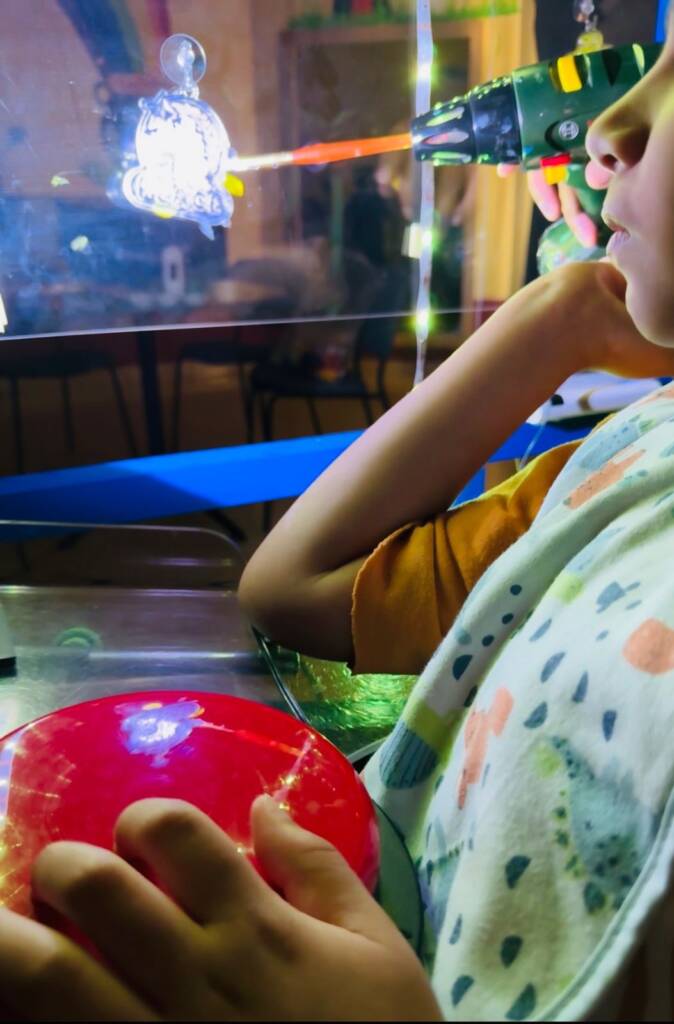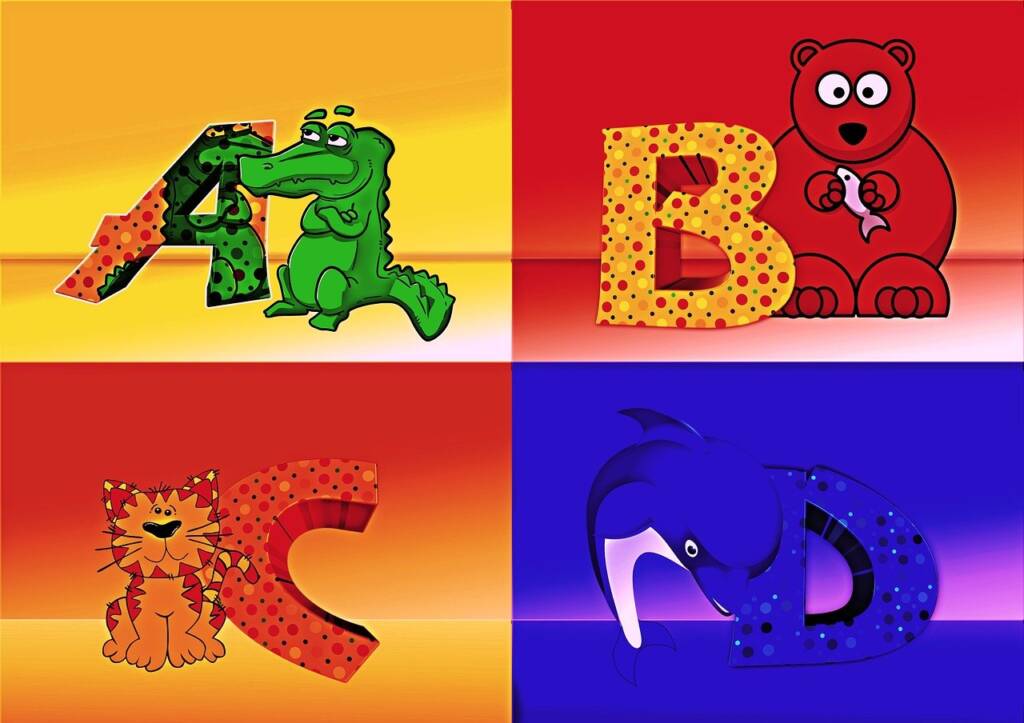Imaginative writing and storytelling offer students a way to express their emotions, while also developing their creative expression. Children with visual impairments and additional disabilities, such as autism, may be interested in topics that are considered “silly” or “inappropriate”. Imaginative writing gives them a place to explore some of that, while also building their literacy, communication, and social skills.
The author of this story was very interested in any type of vehicle, but was reluctant to do any formal writing or language activities. He became very engaged and highly motivated when invited to talk about vegetable vehicles. He immediately asked, “What would happen if there were a carrot car?” He drew a picture of a carrot car and then we took it another step by creating a carrot car out of construction paper and glueing it to another piece of paper. We brought in other vegetables and soon made a zucchini airplane, a broccoli bus, and a banana boat.
Later we created a stretch limo out of large cardboard boxes. He added a “swimming pool” and other imaginative features in the limo. He then started talking about what would happen if the garage door smashed down on it. While this is not a typical therapy or classroom activity, it was clearly very important and motivating to him, so I contacted his parents and we invited a small group of children to their house to lower the garage door onto the “stretch limo”.
These imaginative storytelling and play-based writing experiences really expanded this child’s interest in literacy activities and we have continued to build on his interests.
